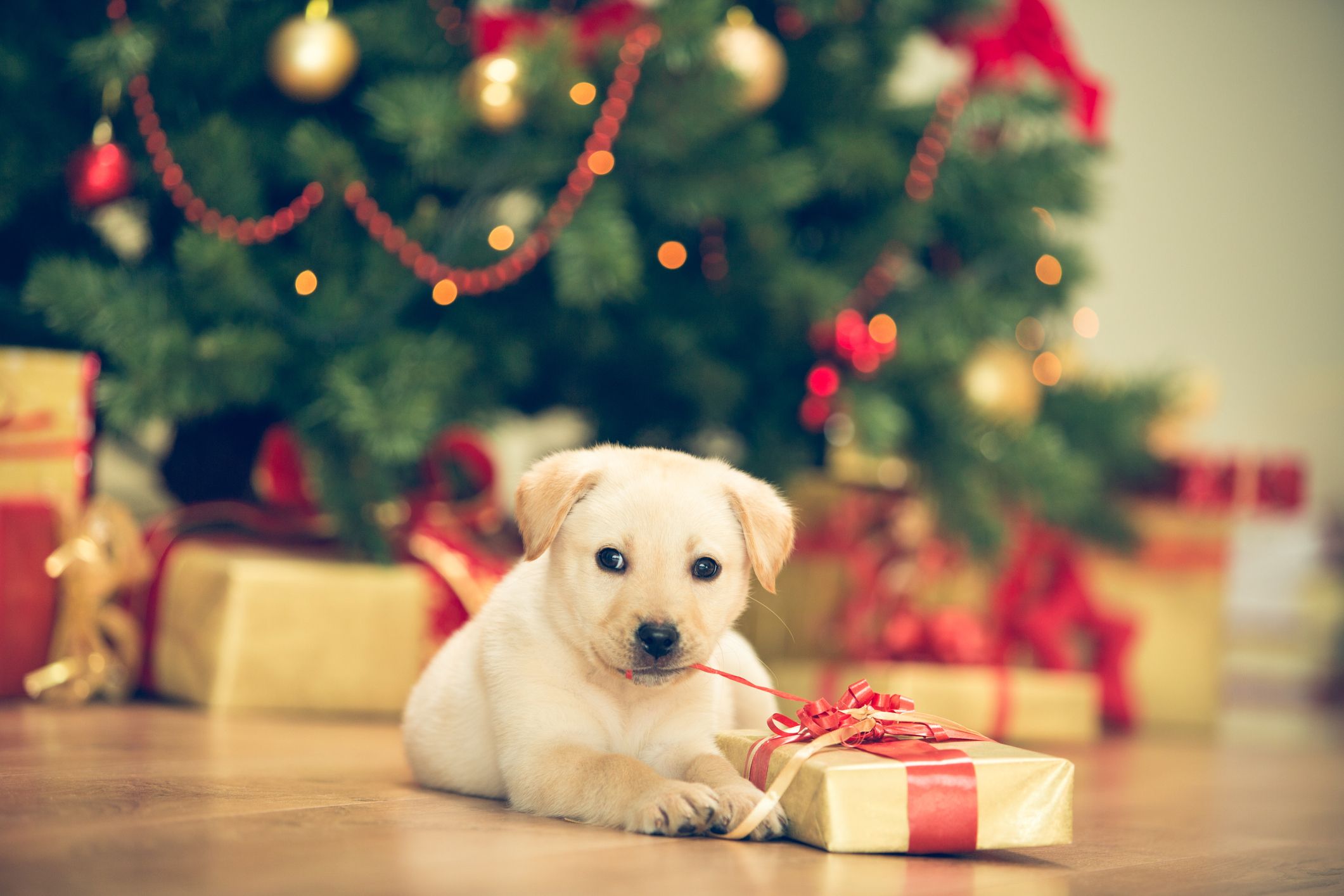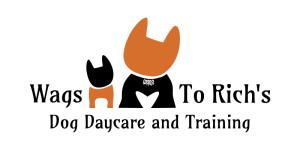So You Got a Puppy for Christmas!

What You Need
Hopefully, you knew your puppy was coming in advance, so you have time to get the supplies you’ll need. These include the following: Food and water bowls – stainless steel is preferred Food – ask the breeder what food your puppy has been eating and be sure to feed him the same thing Collar and leash – there are many different options here. I will be glad to help you select the best ones for your puppy Identification tags – if your puppy should escape, an ID tag with your contact information gives you the best chance of getting him back. Toys – in the beginning try out a variety of toy types to see which ones he likes best. Treat – get plenty of high-value puppy treats: you’ll need these for training.
Crate
Using crates with puppies I find is very important. First, a crate gives them time to relax and sleep because puppies need to be sleeping 18 hours a day. Plus, when you don’t have time to watch them, it’s safe to put them in their crate. To first encourage him into the crate, use treats. It’s a great start when they’re young to get them used to their crate, so as they go through life, they know that a crate is not a terrible thing.
Make Your Home Puppy-Safe
Puppies can get themselves into all sorts of trouble so it’s important that you make your home puppy safe.
Small Space
Set up a small space for your puppy to live in for his first few days or weeks at home. You can put him in a small powder room or use baby gates to section off a small space in a larger area. Put his crate in this area.
Electric Cords and Outlets
Hide cords or use cord concealers and put plastic safety plugs into unused outlets.
Trash Cans
Be sure to keep all trash cans covered or well out of reach from curious little noses.
Cleaning Supplies and Medication
Here lurks potential danger so make sure all are locked away or stored up high.
Plants
Use this ASPCA guide to determine if any of your household plants are toxic to your puppy and remove those that are toxic promptly.
Toxic and Non-Toxic Plant List – Dogs | ASPCAAll you wanted for Christmas was a puppy!

You got one, and now what? Read on for the best way to bring your new puppy into your life and home in a healthy and safe way. First, take a big, deep breath. If this is your first pup, chances are you’re feeling overwhelmed. The more you can relax, the more your puppy will catch the vibe and lose some of the natural anxiety he feels from being in a new environment.
Potty Training
Before you even bring your puppy into the house, take him outside to the area you have designated as his potty spot. Your puppy may get it right away that this is where he does his business, while others may take more time. Take him out every 3 hours and after naps and eating. When he goes in his spot, praise him, and give him a treat. Inside mistakes are inevitable. Don’t punish him. Just clean up the mess and take him outside.
Introductions:
Adults: Your puppy is bound to be scared and traumatized having left his mother, siblings, and the only human he has thus far known. In other words, resist the temptation to have a welcoming party and instead, keep it quiet – just immediate adults in the family; save the little ones for later. Other pets: Do not introduce any resident pets right away, but after several days, begin to allow the pets to smell the puppy through a baby gate or the closed door on his crate. Do this several times each day for a few days. Once the pets have gotten each other’s scents, allow them into the puppy’s small, confined area. Supervise the interaction closely. Kids: Special care needs to be taken with the small members of the household. Young kids may be loud and want to pet and pick up the puppy. They need to be instructed to only handle the puppy with adult supervision.

